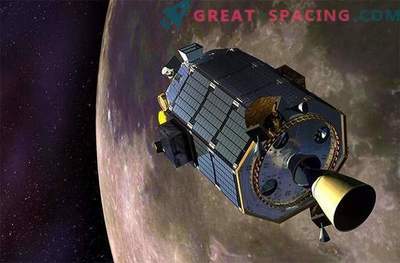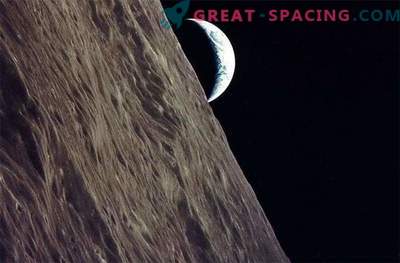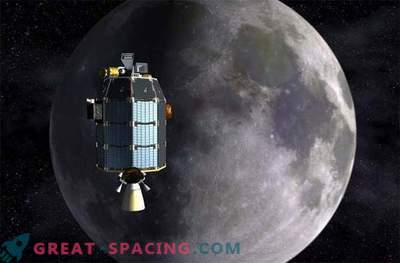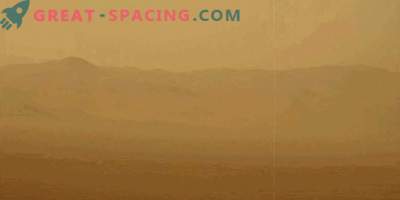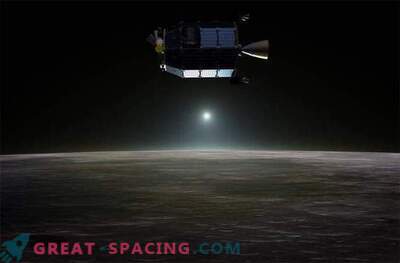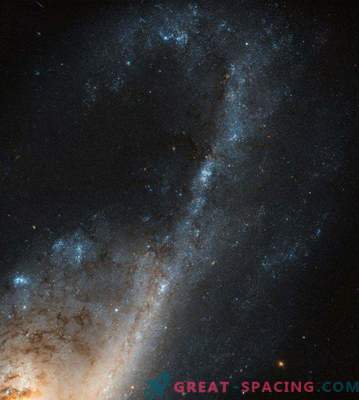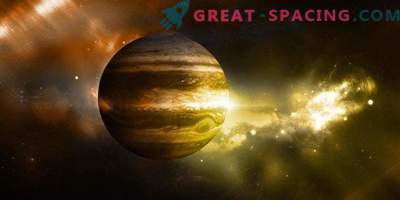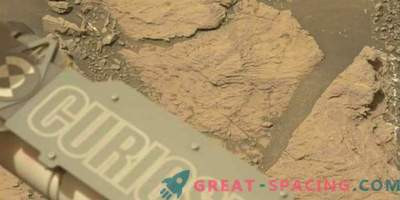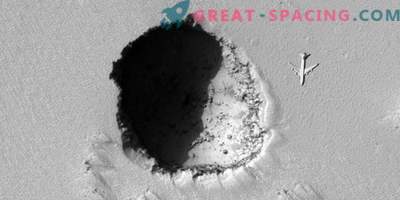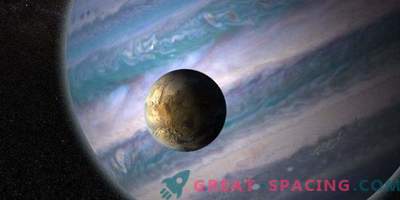
When Apollo's astronauts returned from the moon, the dust attached to spacesuits caused irritation in the throat and eyes. This dust consists of sharp, abrasive and irritating particles. But how dangerous are they?
NASA astronaut Harrison Schmitt (Apollo 17) said that “moon fever” caused symptoms in all 12 people who visited the moon. Members of the team sneezed, their nose was blocked, and sometimes they had to endure a few days for reactions to disappear. Inside the spacecraft, dust smelled like burnt powder.
The lunar missions studied various aspects, but have not yet answered the main question that could affect the advancement of man in the solar system: does lunar dust threaten human health? Now the ambitious ESA research program with world experts solves the puzzles of moon dust. It all comes down to risk assessment.
Irritating dust
The moon dust contains silicate, which is usually found on planetary bodies with volcanic activity. Earth miners suffer from inflamed and damaged lungs due to the inhalation of silicate. On the earth satellite, the dust is so abrasive that it has eaten layers of space suits and destroyed the vacuum seals of the Apollo sample containers.

NASA astronaut Eugene Cernan in the lunar module on the moon after the second lunar passage of the Apollo 17 mission. His spacesuit is covered with moon dust
It is powder, but sharp as glass. Low gravity (1/6 of the earth) allows tiny particles to stay longer and penetrate deeper into the lungs. They are 50 times smaller than the thickness of human hair and can stick in lungs for months. The longer it is there, the greater the likelihood of toxic effects. There is little information about the potential damage from dust inhalation, but studies show that simulated lunar soil can destroy lung and brain cells.
Particle precipitate
On Earth, small particles are smoothed over many years by erosion by wind and water. But moon dust is not round, but sharp and prickly.

Moon dust particle
It is also important to understand that the moon is not the atmosphere, and it is constantly attacked by solar radiation. This causes the soil to charge electrostatically. The charge can be so strong that the dust levitates over the lunar surface, increasing the likelihood of ingestion of equipment and lungs.
Dusty workplace
To test equipment and lunar dust behavior, ESA plans to work with simulated moon dust obtained from a volcanic area in Germany. It is difficult to work with the simulator, because it is necessary to grind the source material and achieve sharp edges.
But the lunar soil has a positive side. It can be heated to form bricks and create shelters for astronauts. In addition, valuable oxygen is extracted from the soil.
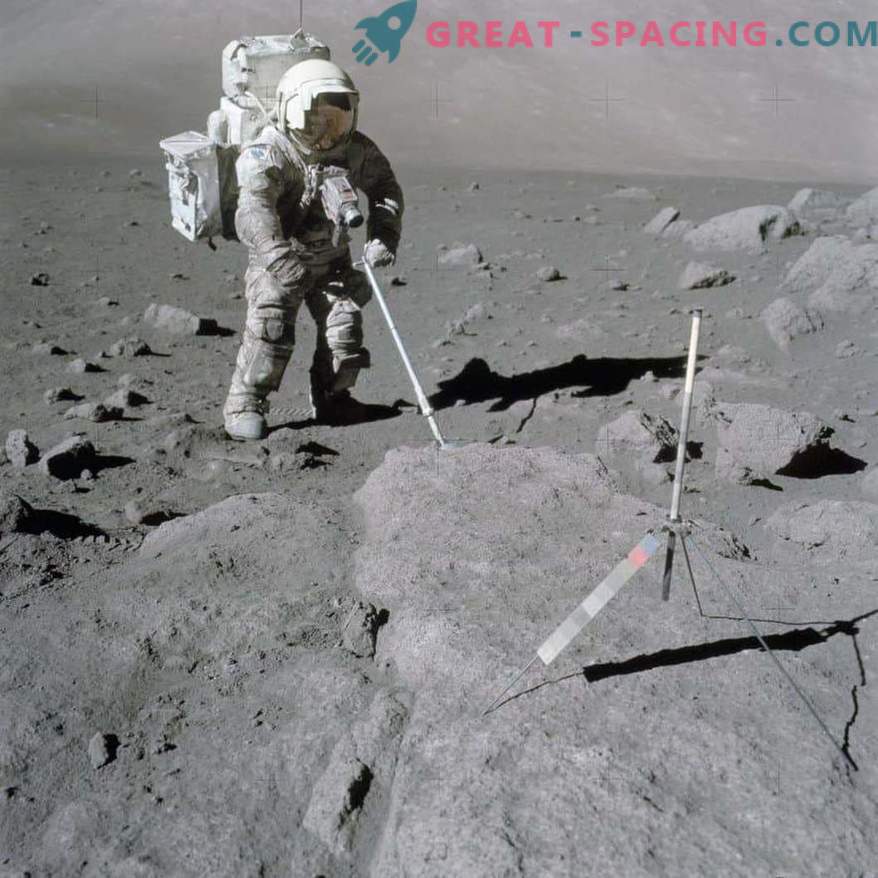
NASA astronaut Harrison Schmitt uses a scoop to extract lunar samples during the Apollo 17 mission in 1972





